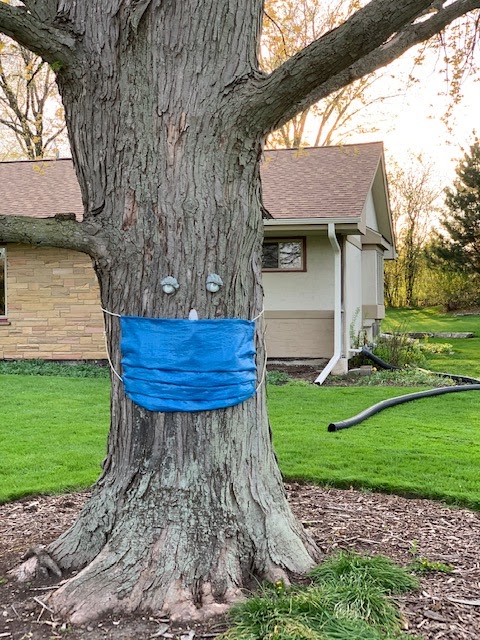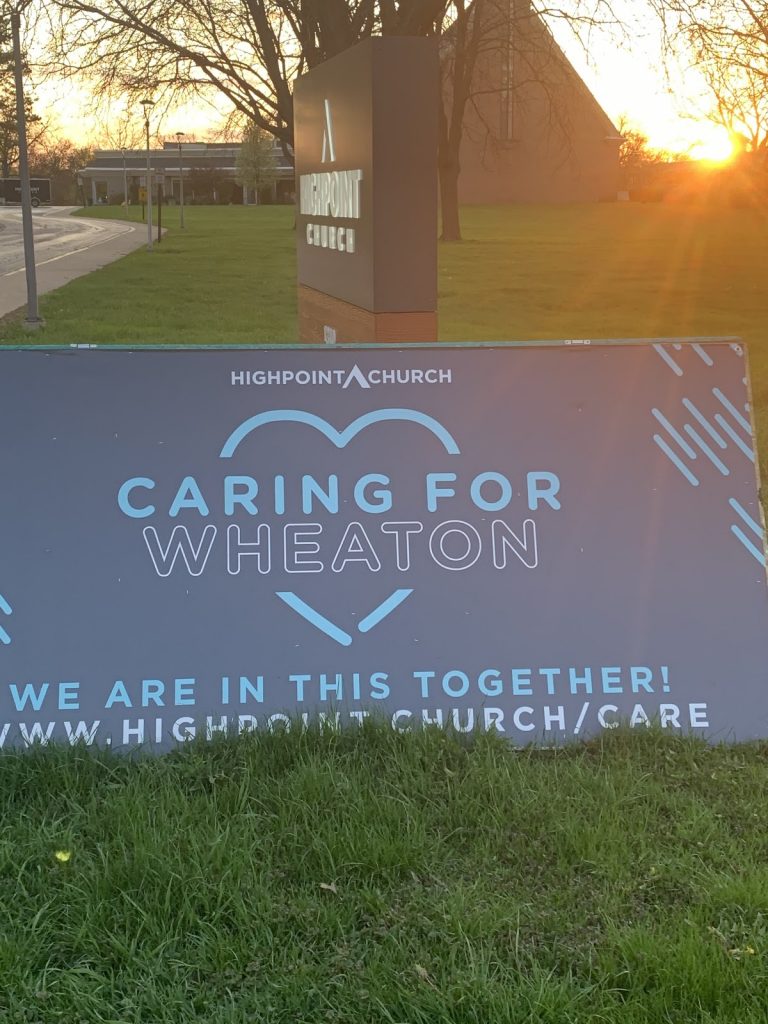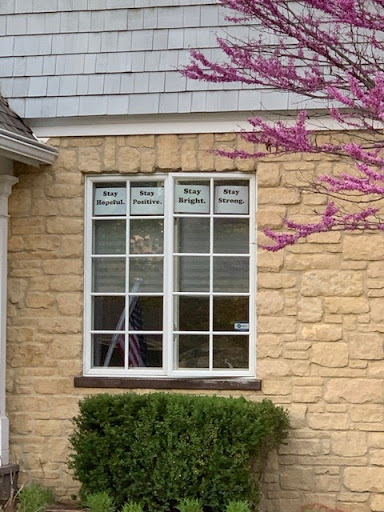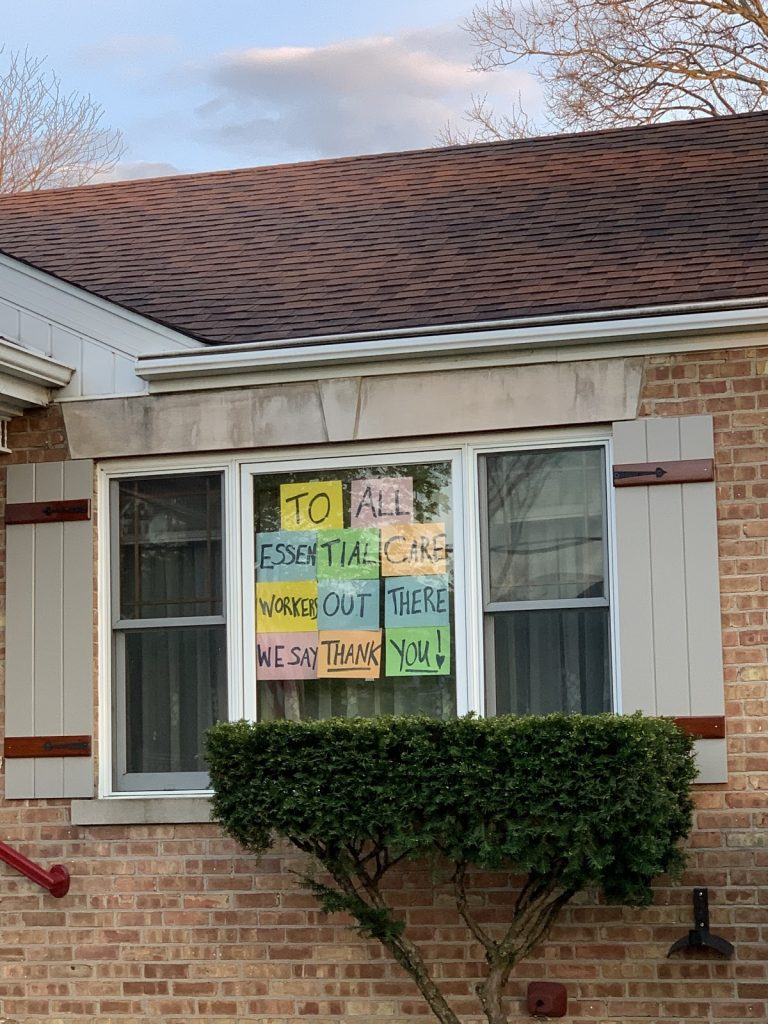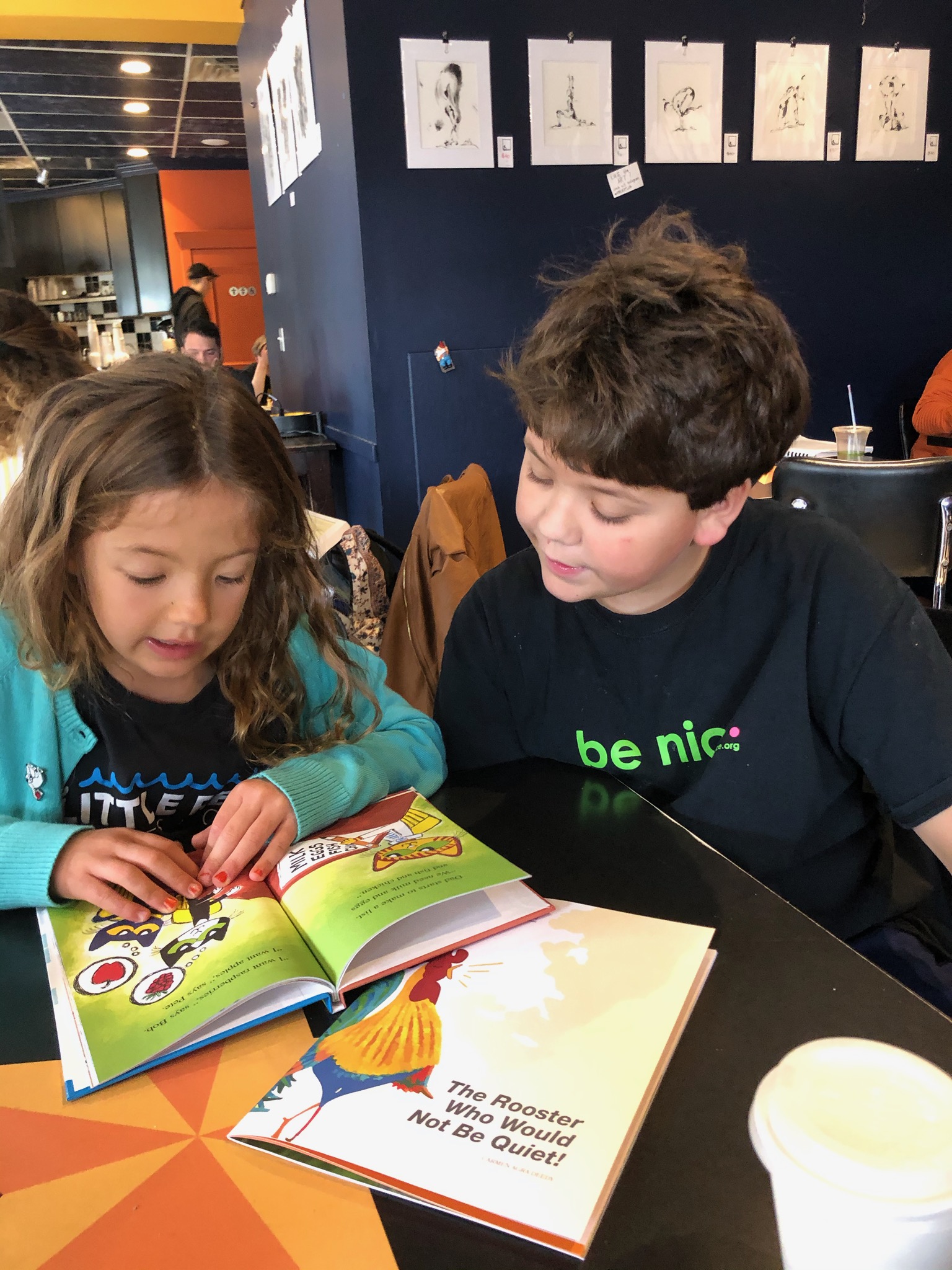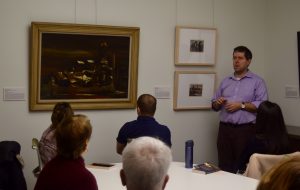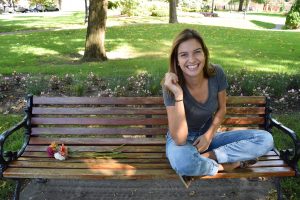During these summer months, our Big Read team has been hard at work getting ready for our upcoming virtual program this November. We are eager for our Lakeshore readers, on Hope’s campus and beyond, to read Nathaniel Philbrick’s In the Heart of the Sea along with our Little Read book, Galapagos Girl/Galapagueña, by Marsha Diane Arnold.
I’ve often said that while reading our chosen book is important and is a huge part of the Big Read experience each year, what I love and encourage more are the discussions that happen around the book and the ways that it can serve as a springboard for thinking and talking about a variety of topics, issues, and themes. Our Big Read is about reading a book but it’s also about what we do with the book and what we do after we read the book.
Particularly in light of our nation’s current racial protests and reckoning with race, we encourage our Big Read readers to reflect on both the historical events included in the book and the ways that they are told. We encourage our readers to read with and against the text. We encourage our readers to read with a racial equity lens and think about and read counterstories to what is included in In the Heart of the Sea.
To this end, here are some framing questions to guide our reading and our discussions about our Big Read and Little Read books:
- Whose history does this story tell?
- What is the historical Black experience in the United States? In In the Heart of the Sea?
- Historically, the commercial maritime industry offered opportunities to Black Americans that weren’t available in most other industries. Why might this have been?
- How do we tell our national stories from the past? How do we talk about them?
- What choices do historians/writers have when writing about the past? How have historical stories been told/taught? How might they be taught in ways that acknowledge and value the experience of all?
- What are counterstories to In the Heart of the Sea or other stories about our nation’s past?
In our November events and book discussions, we’re looking forward to digging more deeply into these questions and topics, bringing about more awareness to them, and exploring ways to respond in as individuals and as a community. Stay tuned for more information about these events!
Copies of the Big Read and Little Read books are available online or in-person at the Hope College bookstore for a discounted price. If you want to get started now, we encourage you to attend a free webinar on Tuesday, August 18 at 7pm led by Dr. Carlin Borsheim-Black, author of Letting Go of Literary Whiteness: Antiracist Literature for White Students. Hope faculty, staff, or students are welcome to attend along with any interested K-12 teachers or community members.
Contributed by Dr. Deborah Van Duinen. Deborah is the Big Read Lakeshore Executive Director and an Associate Professor of Education at Hope College.



